The ultimate console war: How Sony beat Nintendo and Sega at their own game
'Here comes a new challenger!'
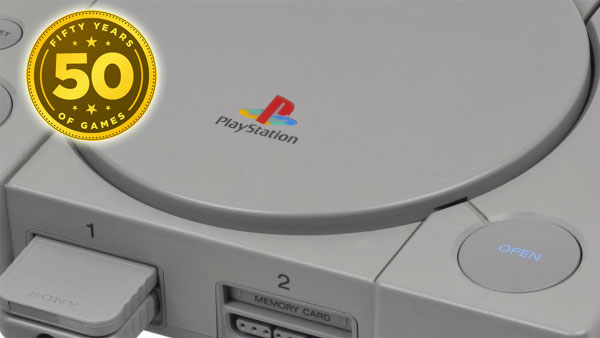
It might be hard to believe it now, but there was a time when Sony was something of a laughing stock in the video gaming world.
We're celebrating 50 Years of Games in conjunction with the Golden Joystick Awards 2021, the world's biggest public-voted games awards show. This year's show will celebrate a milestone in gaming history, the release of Computer Space, the world's first commercial arcade machine in November 1971. And we'll be looking for your votes on the best console of all time (starting 3PM GMT, November 8) – will the N64 make the cut?
The Japanese tech giant – famed for its Walkman personal stereo – had harbored aspirations of becoming a major player in the world of interactive entertainment ever since the '80s, gleefully supporting Microsoft's MSX computer platform in the hope that it would allow the firm to make some headway into the gaming sector. However, that venture was largely fruitless and Sony next attempted to join forces with Dutch rival Philips, a venture which would result in the CD-i – a multimedia product which also tanked at retail.
Around the time it was working with Philips, Sony also attempted to muscle its way into software publishing via its Sony Imagesoft brand. Leveraging its ownership of Hollywood studios Columbia and TriStar, Sony released several risible movie tie-ins such as Dracula, Hook and Cliffhanger. These lackluster efforts resulted in the publisher becoming infamous for poor-quality products.
It's likely that Sony would have remained a second-tier also-ran in the industry were it not for other events happening deep within its electronic development divisions at approximately the same time.
Unlikely allies
Rewind to the dawn of the '90s, and Sony had inked a deal with Japanese video gaming giant Nintendo to create the sound hardware for its upcoming Super Nintendo console – the successor to the Nintendo Entertainment System, the undisputed console champ of the '80s.
The resultant SPC-700 was nothing short of a revelation, blessing the system with CD-quality audio that made other consoles sound like buzzing doorbells in comparison. The chip was designed by Ken Kutaragi, an electronics expert who had seen his daughter playing on a Nintendo console and had immediately been struck by the potential of these devices. Despite resistance from his superiors Kutaragi was able to take advantage of Nintendo and Sony's good working relationship and convince the two firms to collaborate on a CD-ROM adapter for the SNES.
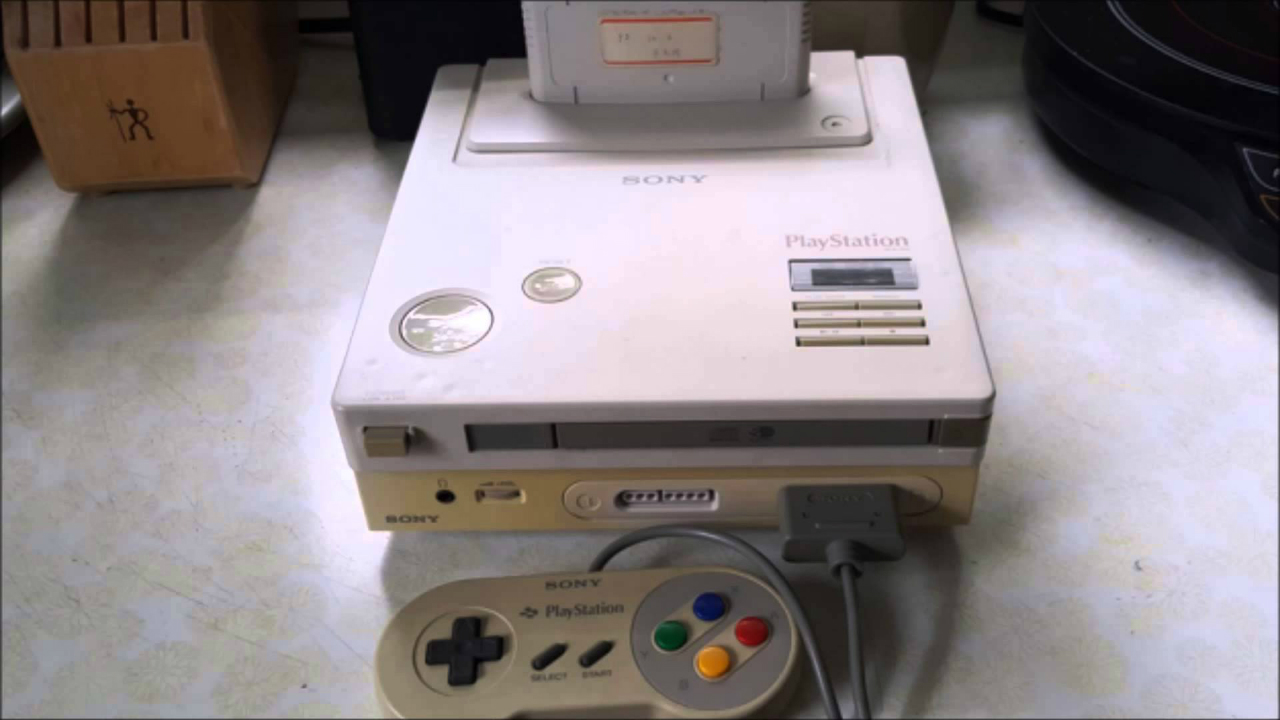
Bolting CD-ROM technology onto cartridge-based consoles was by no means a new concept – NEC had already performed the same trick with its PC-Engine system at the end of the '80s and Sega was working on the Mega CD add-on for its 16-bit Genesis (also known as the Mega Drive) – but it was a coup for Sony nonetheless; by allying itself with the market leader, the company stood to gain a significant foothold in the gaming hardware arena.
Sign up for breaking news, reviews, opinion, top tech deals, and more.
The deal was simple; Sony would produce a CD-ROM drive for the SNES, which would be manufactured under Nintendo's branding; Sony would also create the "SuperDisc" software standard for the device. However, the most attractive part of the agreement involved Sony producing its very own "all-in-one" unit which supported both SNES carts and SuperDisc CDs, dubbed "Play Station".
By allying itself with the market leader, Sony stood to gain a significant foothold in the gaming hardware arena
Sony also stipulated that it would claim a licence fee from all publishers who released software on the SuperDisc format, a move which almost certainly had something to do with the deal collapsing. When Sony went public with its agreement with Nintendo at the 1991 Consumer Electronics Show, Nintendo delivered the ultimate humiliation by announcing the following day that it had in fact inked a deal with Philips instead.
Nintendo had clearly become uncomfortable with the idea of giving Sony a leg-up into the video game market and creating a rival in the process, and had unceremoniously pulled the plug – little did it know, it had also unwittingly brought an end to its dominance of the domestic hardware arena at the same time.
Next stop, PlayStation
While prototype SNES Play Station consoles were produced – in fact, a working unit surfaced online a short time ago – Sony was now forced to scrap the project and go back to the drawing board.
Some within Sony's HQ resisted the notion of continuing with the venture after being so publically humiliated by Nintendo, but Kutaragi appealed to Sony boss Norio Ohga, passionately pointing out that the perfect revenge would be to beat the Kyoto giant at its own game. Development of the PlayStation (now without a space between the two words) would continue, with the focus being 3D visuals rather than the 2D sprites which had typified console gaming up until this point.
So many had written off Sony's chances after the Nintendo deal had fallen through that when the company unveiled its new system to the world, it was met with considerable shock and awe. Capable of producing cutting-edge 3D visuals in real time, the PlayStation effortlessly stole the thunder of the industry's established players, resulting in some rather red faces.
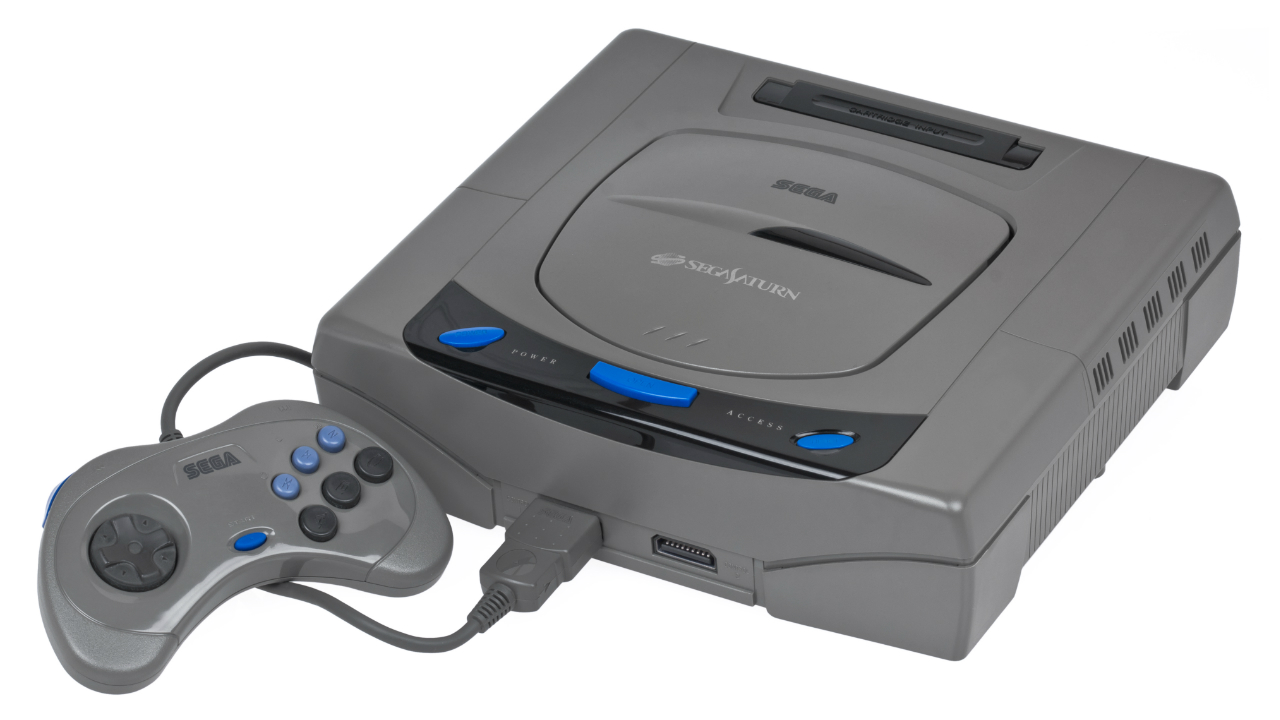
Sega boss Hayao Nakayama was apparently so incensed by the reported specs of Sony's console that he marched into Sega's R&D division and personally lambasted his staff for allowing a newcomer to upstage them. Sega's mistake had been to build its console as a 2D powerhouse; a curious oversight given that the company had been instrumental in popularising 3D graphics with arcade titles like Virtua Racing and Virtua Fighter.
PlayStation effortlessly stole the thunder of the industry's established players, resulting in some rather red faces
Sega was also guilty of discounting Sony as a competitor; according to former Sega of America boss Tom Kalinske Sony had actually approached Sega after the Nintendo deal had fallen through but the union was rebuffed by Sega's Japanese bosses, who considered systems like the ill-fated Atari Jaguar as its true challengers. By trying to keep its aging Genesis relevant via the disastrous 32X add-on – intended as a bridge between the 16-bit system and the 32-bit Saturn – Sega expended much of the goodwill it had earned during the previous console war.
The new reality
Nintendo, on the other hand, knew that it was going to be late to the party. The company was working with the US-based Silicon Graphics to create what was then dubbed as "Project Reality" but would eventually become the Nintendo 64. It was clear that the N64 wouldn't arrive in time to challenge Sony or Sega – both of which were targeting the end of 1994 for launch in Japan – so Nintendo instead pushed out the Virtual Boy, a half-baked attempt to capitalise on the fleeting popularity of Virtual Reality in the '90s. Infamous as Nintendo's biggest hardware flop of all time, the Virtual Boy lasted less than a year on the market and was quietly discontinued.
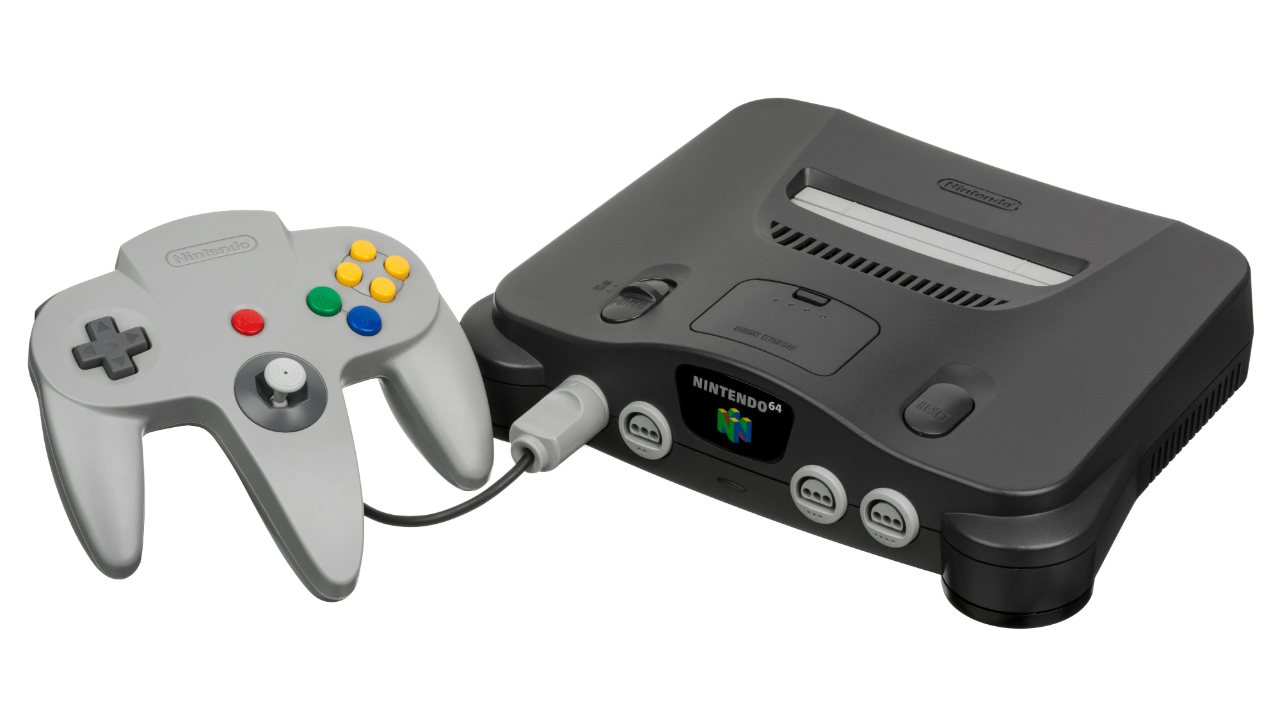
With the industry veterans fumbling the ball, the scene was set for Sony's ultimate triumph. The company left nothing to chance in the months leading up to the Japanese launch of the console at the close of 1994; mindful that it lacked the internal resource to compete with Sega and Nintendo's enviable in-house talent it diligently courted third-party publishers such as Capcom, Konami, Electronic Arts and Namco, the latter of which would supply what was the console's undisputed killer app at launch: an astonishingly accurate conversion of its smash-hit Ridge Racer coin-op.
Dvelopers vastly preferred the elegant and streamlined hardware of the PlayStation to the obtuse and complex architecture of the Saturn
Sony's purchase of Liverpool-based Psygnosis in 1993 was another attempt to bolster its chances; the company would produce WipEout, a seminal western launch title for the console in 1995 which came complete with a mature-marketing campaign and pumping soundtrack packed with esteemed dance and techno artists.
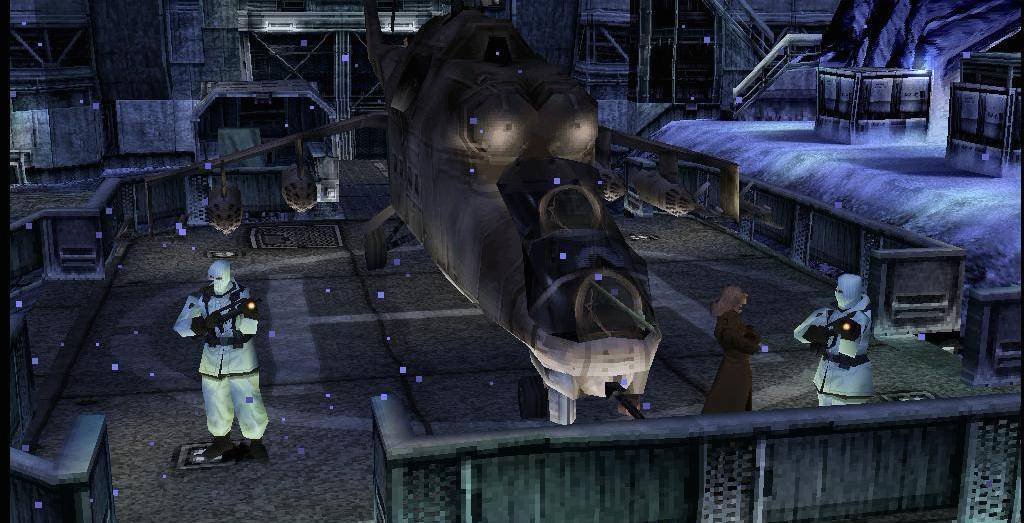
While history might show the PlayStation as the clear victor of this particular console war, in the beginning things were a little closer, at least in Japan. The Saturn launched at the same time and both consoles performed admirably in their homeland, but within six months Sony was pulling away in a clear lead. Two million consoles were sold in this region alone in half a year, while in North America the system managed 800,000 sales in four months. The US battleground would prove to be incredibly important, and Sony scored an early victory over Sega by undercutting the retail price of the Saturn by $100.
As the months rolled by, Sony's depth of third-party support became telling, with developers vastly preferring the elegant and streamlined hardware of the PlayStation to the obtuse and complex architecture of the Saturn, which employed a troublesome twin-CPU setup. Notable releases such as Tekken, Resident Evil, Final Fantasy VII and Metal Gear Solid proved that the PlayStation was the system of choice for major third-parties, while Sony's own output – which included Gran Turismo and WipEout 2097 – made the system the must-have console of the '90s.
Game over
By the time Nintendo limped to market at the close of 1996 it was all over bar the shouting; Sony possessed a commanding lead all over the world. Nintendo's console was competitively-priced and more powerful than any other on the market, but its reliance on expensive cartridges harmed its chances with publishers, developers and consumers alike; CDs were cheaper to produce and offered more storage.
The Saturn would sell under 10 million units and in 1998 – four years after its launch – Sega would kill it off in favor of a brand new system, the Dreamcast. The Nintendo 64 fared better and sold over 30 million units globally, but the obvious winner was Sony, the company which had no prior experience of the console sector; its first throw of the gaming hardware dice sold 102.49 million consoles worldwide, setting a new record for the industry.
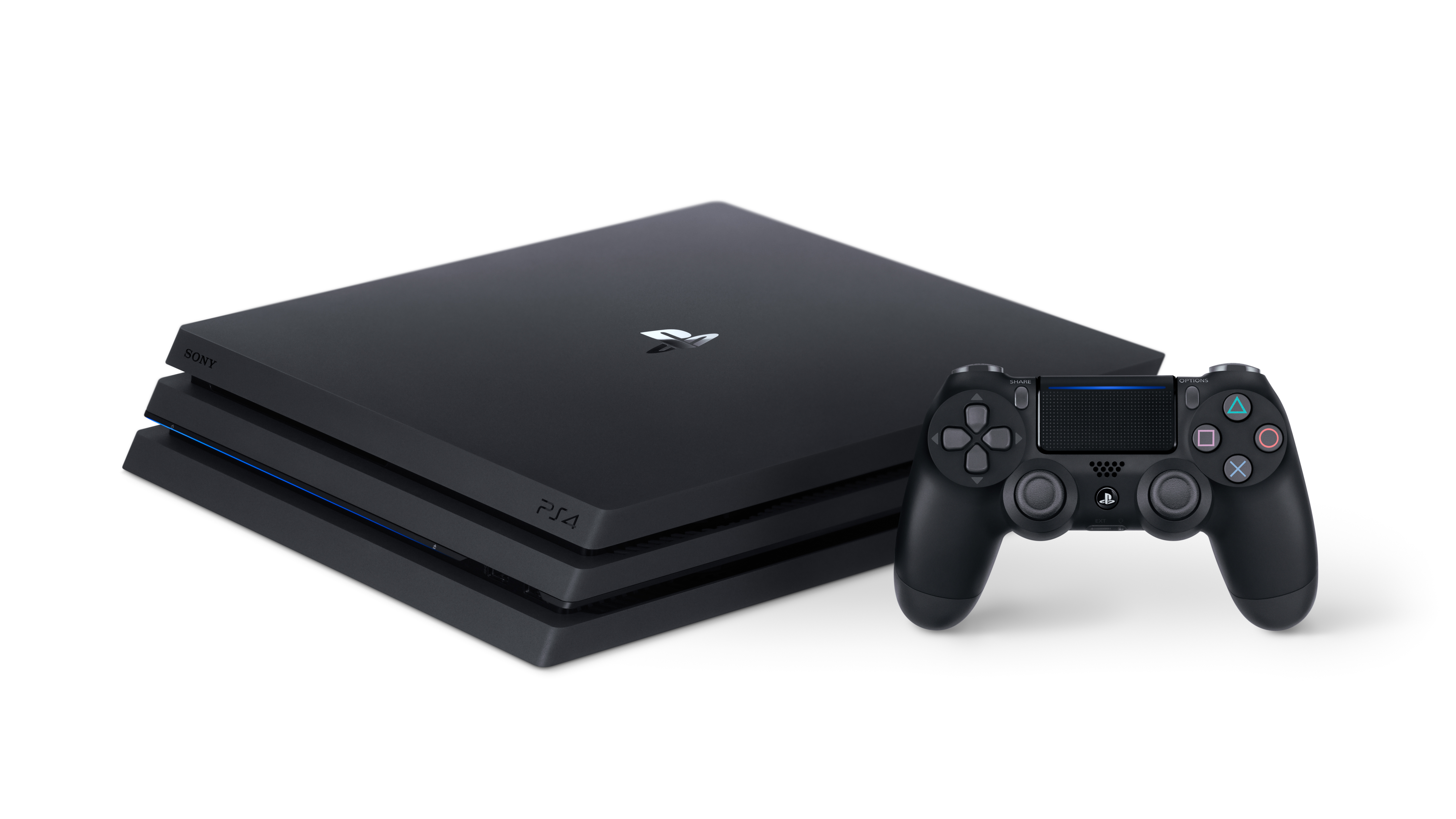
The legacy of this remarkable machine is plain to see; the PlayStation 2 would become even more successful with 155 million units sold, and while the PlayStation 3 was something of a wobble for Sony with "only" 80 million sales, the PS4 and PS5 have soared to new heights of success for the company. It's almost impossible to imagine the gaming market without Sony these days, which makes the arrival of its first console – amid tales of back-stabbing and scepticism – all the more incredible.
- Vote for your Ultimate Game of All Time and Best Gaming Hardware of All Time by visiting goldenjoysticks.com - voting ends on Nov 12.